Episode 56 – It’s All Smiles At The CPL
#CouchPotatoLab
First, you will need to download the It’s All Smiles At The CPL lab manual.
Take a look in the mirror and smile big! Look at your wonderful teeth. I bet you try your best to take great care of them by brushing and flossing. Why do we do this, anyway? How do these teeth break down and become damaged? This activity will explore how acid can wear down on your teeth, making them more prone to damage.
Teeth are very interesting because they can tell us a lot about evolution and the lifestyle of a particular animal. For example, humans have teeth suited for eating a varied diet of fruits, vegetables, grains, meat, and dairy. Cows have teeth that are especially good at chewing grasses. If you had to guess which animal has the most teeth in the world, what animal would you pick and why? You would probably be shocked to hear the winner for the toothiest animal is a Sea Slug, which has hundreds of thousands of teeth in their tiny mouths! Because they scrape much of their food off rocks in sea, they need to constantly replace their teeth. Therefore, they have a conveyer-belt system for replacing teeth where new teeth are created at the backs of their mouths, and gradually move forward as old teeth are broken.
Saskatchewan Curriculum Connections:
HB5.1: Analyze personal and societal requirements for, and the impact of, maintaining a healthy human body.
HS20-CE1: Analyze and explore health-science related occupations in Saskatchewan, Canada and the world.
HS20-HB1: Analyze the anatomy and physiology of a healthy human.
HS20-HB2: Investigate the effects of various injuries, disorders and diseases on human cells, tissues, organs and systems.
